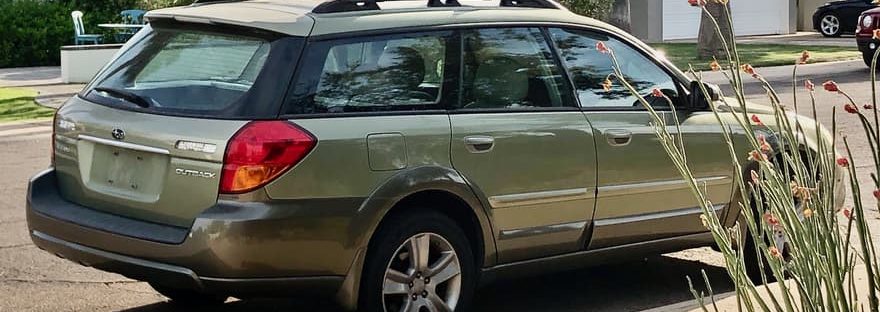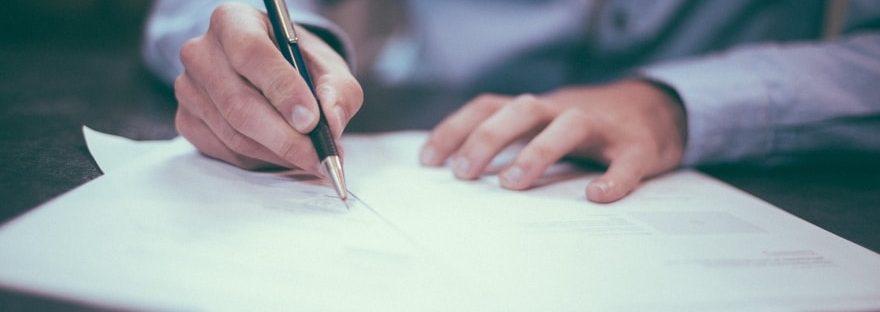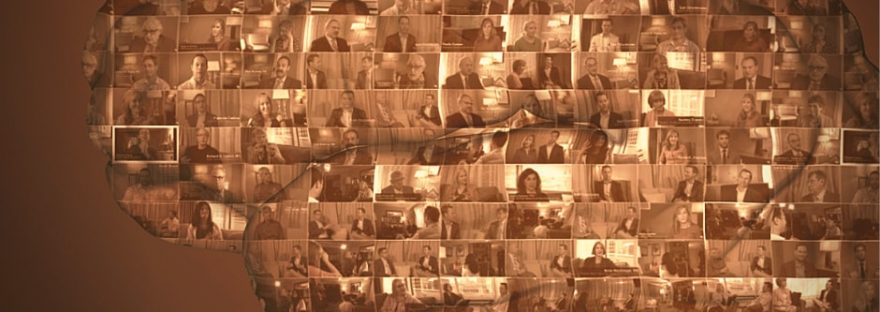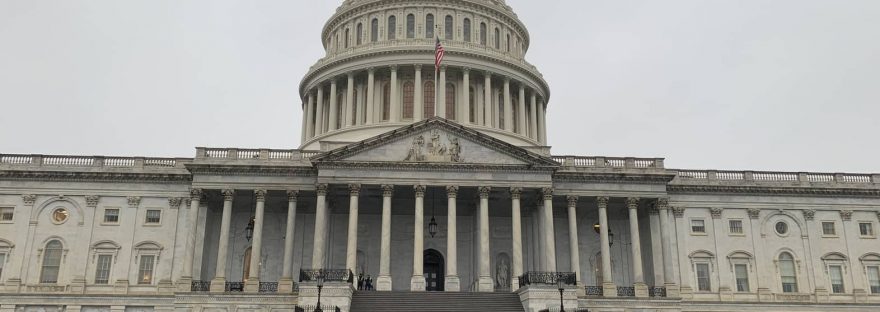Until Monday afternoon, I drove a beloved 2005 Subaru Outback. Although I’m not normally sentimental about stuff, I loved that car.
As with so many things in my life, that attachment comes back to migraine-related grief.
My Outback’s story
Hart and I bought the Outback new not long after we moved to Seattle. Outbacks are so common in Seattle that it felt almost like a rite of passage. It was a new model year and caught so much attention that we joked it felt like driving a Ferrari. We had people wave us down to ask about it and one person even did a U-turn and followed us into a parking lot to check it out.
My love for the Outback cannot be separated from my love for Seattle. Which is how this story leads to migraine.
Finding (and losing) my place
Seattle is my place. It has felt like home since the first time I visited as an adult. I feel like I breathe easier whenever I’m there. And 10 months of the year, the weather triggers such frequent migraine attacks that my quality of life plummets. As much as I love it, living there is not worth what it does to my health.
For several years after moving away, visiting even in the sunny months of July and August was just too heart wrenching. I stayed away and took comfort in my car. My memories of that car are so entwined with Seattle that it was like having a little piece of the city with me.
And trying to find it again
I’ve been working on developing a new relationship with Seattle in recent years. A friend finally convinced me that avoiding Seattle was actually making my grief worse, so for several years, I’ve gone for a visit in the summer. (Which is convenient because summer is migraine weather in Phoenix.) I have finally decided that while I will always want more, visting in the summer can be enough.
My continued connection with the Outback is about that wanting more. Even when I wasn’t conscious of it, driving that car gave me a little bit of the comfort that I get in Seattle.
Moving on
When Hart got a new car a few years ago, I began to think it was time for me to get one, too. It felt like time to move on, even though I wasn’t entirely ready. Plus I want something sporty while I’m nimble enough to enjoy it.
For Christmas last year, Hart gave me the promise of a new car when we could figure out a way of buying one that felt safe with my level of COVID isolation. I was moving toward letting go when a neighbor asked if I would consider selling the car. His daughter needed a new car and is headed to snowy country for college, so an Outback is perfect for her.
I love the idea of the car moving onto a new chapter (like in Toy Story, as another friend pointed out). And I’m trying to move on, too. After I shed tears (and had a migraine attack) throughout Monday evening, I happened to see the Outback’s license plate inside the front door. And I thought, “It’s time to find a new relationship with Seattle.”
Building a new relationship
I know my new relationship includes visits in the summer. I’ve already decorated my house in blues and greens to be reminiscent of the nature of the city and filled my yard with lush-looking (low-water) plants. I have some Seattle-related artwork in the house, but I think I need more. Maybe I need a photo of the Outback, too.
I’m not sure what else this new relationship needs, but I trust that I’ll find it.





